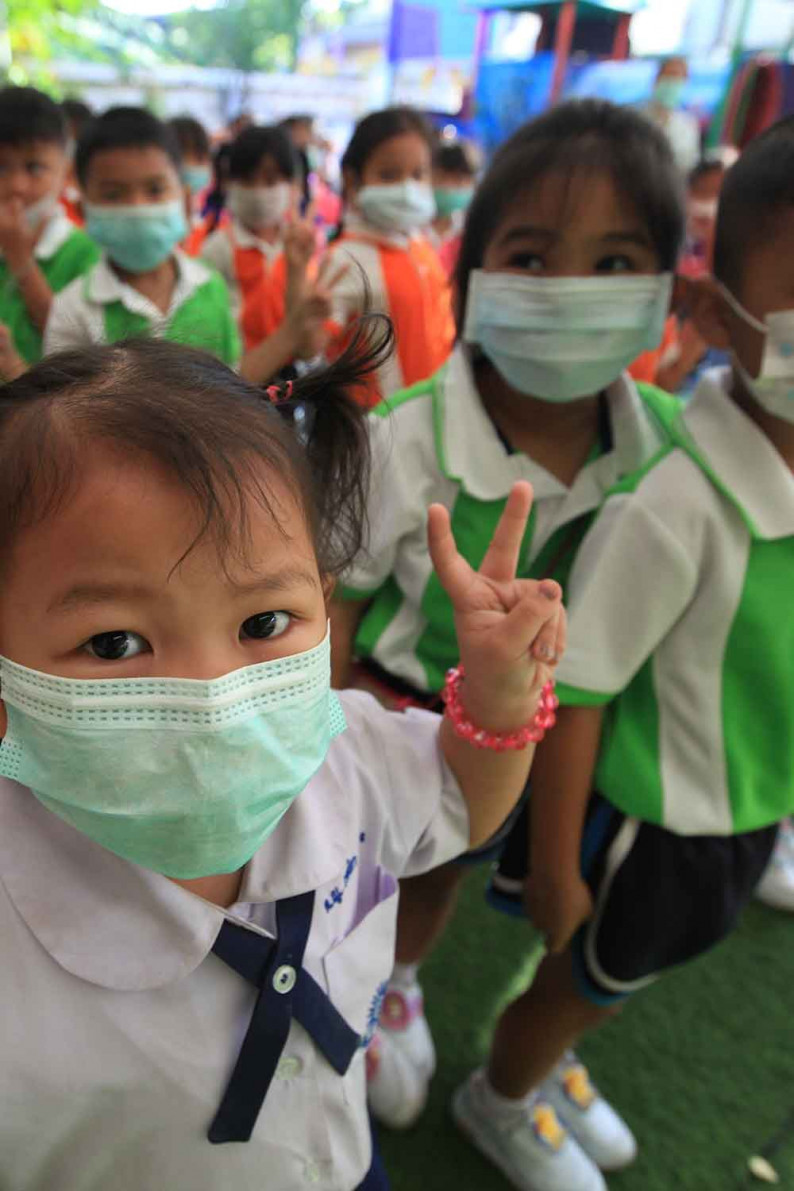
The Public Health Ministry has proposed five requirements for an exit strategy from the Covid-19 lockdown, starting with 32 provinces.
At a joint meeting between ministry officials and deans of faculties of medicine on how to ease the lockdown, all agreed some measures have to be relaxed although a return to pre-crisis normality is out of the question, said Kamnuan Ungchusak, an adviser to the Disease Control Department and to the public health minister on the Covid-19 situation.
The meeting came up with five pre-requisites for the exit strategy. They will be proposed to the Centre for Covid-19 Situation Administration for approval.
First, the screening of inbound visitors must remain stringent and facilities for 14-day state quarantine must be ready at all times.
Each province must have a laboratory for tests and a system to look for infections among at-risk groups, highly populated communities, labourers and risk areas.
Second, all Thais must agree to observe good hygiene practices such as wearing masks when going to public places, observing social distancing and refraining from assembling. They must also come to terms with the fact that they can no longer lead a normal life after Covid-19.
Third, the private sector, led by the Thai Chamber of Commerce, ฺBoard of Trade of Thailand and Federation of Thai Industries, must consider categorising the types of businesses to be reopened based on their risks (high, medium and low) and rethink processes to minimise the risks, Dr Kamnaun said.
Such changes must be based on four criteria. The private sector must set an appropriate ratio between the number of customers and a service area unit, he said.
Activities must not involve shouting or a lot of verbal exchange. The places of business must be airy and well ventilated. Distancing within a service area must also be defined.
High-risk businesses will not be allowed to open at this early stage. Medium-risk businesses, which manage to minimise risks, can reopen, he said.
He cited as examples of medium-risk businesses hair salons, eateries and department stores.
“However, there must be no campaigns aimed at drawing large crowds to a certain spot such as flash sales. Operators must also redesign their service areas by calculating how many people they can serve in an hour. They must also find ways to prevent long queues at restrooms.
“Besides, they must have applications to screen customers and log their entry and exit times for fast tracking in case of emergencies. For instance, an operator must know how many customers are being served at a given time.”
Schools categorised as low-risk, such as those in the provinces which are generally not crowded, can be opened. Air-conditioned ones must adopt certain measures such as changing layouts with social distancing in mind.
In any case, all schools remain shut until July by the government’s order.
Places with low risk such as public parks can be reopened for people to exercise or walk. “They may not allow assemblies and group activities.”
He admitted high-risk businesses, such as bars, karaokes, entertainment places and gambling dens, would have to be closed for a long time.
“However, if the situation warrants closures of more businesses in the future, the order will not be universal and apply only to problematic places.”
Fifth, the country must have in place a realtime monitoring system for infections at the national, provincial and district levels so people know the situation in each area.
“We are confident if we can meet these requirements, we’ll move forward. However, not all 77 provinces will go ahead at the same pace. They will be allowed to reopen based on risks and by area.”
Based on the April 14 data, Dr Kamnuan said, 32 provinces are free of infections. “So 3-4 of these provinces may be opened first by the end of April. If the situation is under control, another 38 provinces with low numbers of cases will be reopened in the following two weeks, or in May. The seven provinces where infections slowly spread but with no large outbreaks will be reopened in June.”
